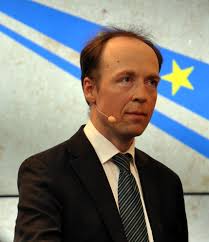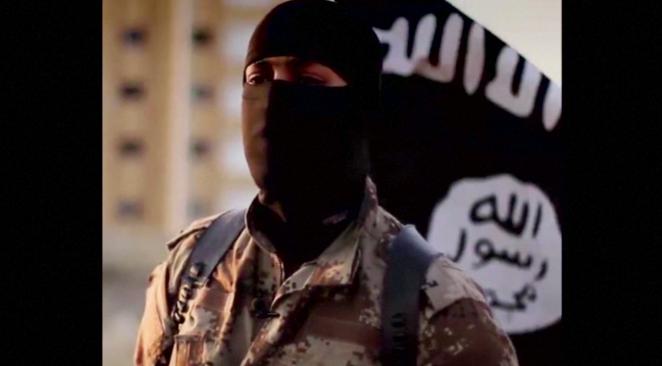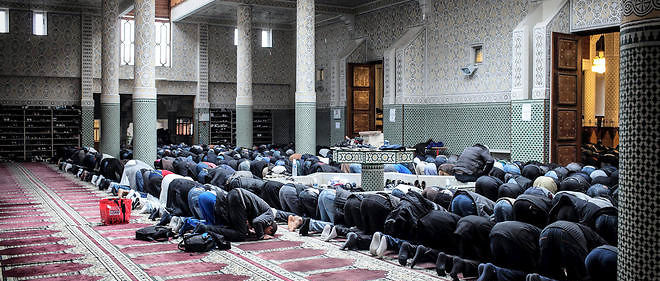This weeks news was dominated by the arrest of seven persons in Ireland planning to assassinate the Swedish artist Lars Vilks. Vilks became the focus of Muslim protests in 2007, when the Swedish newspaper Nerikes Allehanda published his drawing of “Muhammad as a Roundabout dog”. Ever since the original publication Vilks has been receiving threats from various people and groups (claiming to be) of Muslim background. Even so he doesn’t seem that concerned. Commenting on al-Qaida’s 100.000 dollar reward in 2007 Vilks said he “appreciate that the terrorists are showing an interest in art.”
Tuesdays arrest in Ireland in general, and the now internationally infamous “Jihad Jane” a.k.a Colleen LaRose in particular, has emulated hundreds of articles, news specials, and radio shows in Sweden during the week. There has also been (unconfirmed) speculations about LaRose being in Sweden already in 2009 to assassinate Vilks.
LaRose’s face, and Vilks on the porch to his house, axe in hand, saying he regrets nothing and is able to defend himself – has dominated Swedish newspapers. “The new terrorist is blond and blue-eyed” read Thursdays headlines in the freely distributed tabloid Metro. “There’s no longer a template to follow looking for terrorists,” said David Livingstone of the Brittish think tank Chatham House in the same publication. And Dagens Nyheter knew to report that “Terrorists are now trying to recruit westerners.”
Dagens Nyheter and Expressen, amongst others, also chose to re-publish Vilks’ drawing in their printed editions Thursday March 10 (but not on the online edition). Expressen’s editor in chief Håkan Mattson says the re-publication of the drawing is “a standpoint for the freedom of speach”, and the editorial in Dagens Nyheter read that “a threat against Lars Vilks is a threat against every Swedish citizen.”
Many Swedish Muslims have (once again) felt a need to oppose the threats against Vilks. For example Imam Othman Al Tawalbeh says “We can’t let the terrorists kidnap Islam”, parliament member Nalin Pekgul defends Vilks’ right to speak his mind, and Bejzat Becirov of Islamic Center in Malmö stressed that “Vilks is allowed to draw whatever he wants, there is no excuse use violence or to threaten him.” Even so Sylvia Asklöf Fortell of Barometern writes in an editorial that it’s now time for Swedish “moderate Muslims” to speak up against the terrorists.
On national television (SVT Gomorron Sverige, March 11) and radio (P1 morgon, March 10; P3 Brunchrapporten, March 11) Historian of Religion David Thurfjell of Södertörn University, argued that Muslim indignation caused by the drawing, needs to be understood in relation to a more general experience of humiliation, the roots of which can be found in the ongoing conflicts in the Middle East. Thurfjell argued that there is a discrepancy in the understanding of the issue at stake. Where most publicists in Sweden see the conflict as concerning the principles of free speech, many Muslims interpret Vilks’ drawing in the light of a larger political conflict. For these Muslims the oft repeated argument that newspapers now again should insult Muslims by re-publishing the drawings in order to take a stand for democratic values, echos of the American rhetoric surrounding the invasion of Iraq and other instances in which exploitation of Muslim countries have been carried out in the name of democracy.






